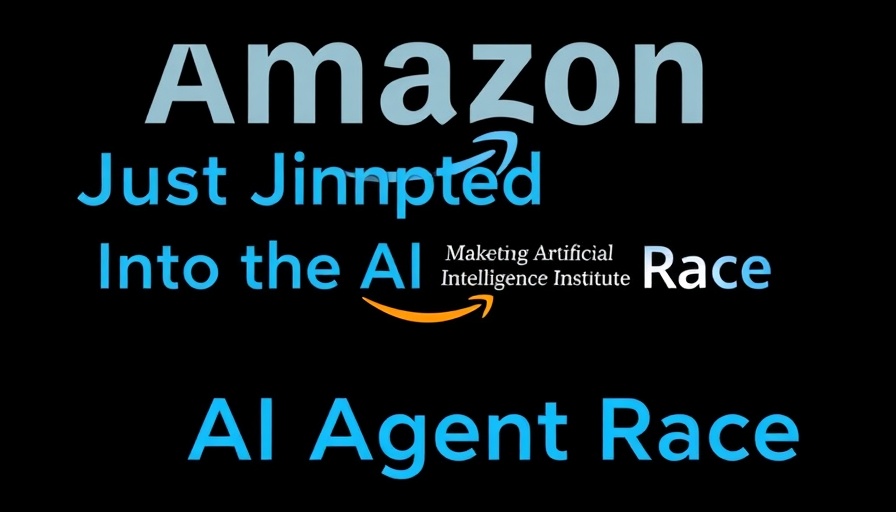
Harnessing AI to Boost Productivity and Efficiency
In today's fast-paced business environment, optimizing workflows is essential for success. Artificial Intelligence (AI) has emerged as a powerful tool for business owners looking to streamline their operations. By automating repetitive tasks, AI frees up valuable time, allowing teams to focus on more strategic initiatives.
Understanding the Power of Automation
Automation is one of the most significant impacts of AI on workflow optimization. Businesses can implement AI-driven tools to manage customer inquiries, analyze data, and even create marketing content. This not only accelerates processes but also increases accuracy, reducing the risk of human error. For instance, chatbots can handle customer service inquiries 24/7, ensuring that businesses never miss an opportunity to engage with clients.
Integrating AI into Decision-Making Processes
AI can provide actionable insights that enhance decision-making. For instance, predictive analytics allow business owners to anticipate market trends by analyzing vast amounts of data. This can lead to smarter inventory purchases, targeted marketing strategies, and improved customer experiences. Consequently, embracing AI not only optimizes day-to-day operations but can also set companies up for long-term success.
Real-Life Applications: Success Stories
Numerous companies have successfully integrated AI into their workflows. For example, a mid-sized retail company adopted AI tools to analyze customer purchasing patterns. This led to tailored promotions for its customers and an increase in sales by 25% within six months. Such examples highlight how AI-driven strategies can yield substantial benefits.
The Road Ahead: Embracing AI for a Competitive Edge
As technology continues to evolve, it is crucial for business owners to stay ahead by integrating AI solutions. By optimizing workflows through AI, companies not only increase their efficiency but also enhance their competitiveness in the market. In doing so, they can pivot quickly in response to changing consumer behaviors and demands.
 Add Row
Add Row  Add Element
Add Element 



Write A Comment